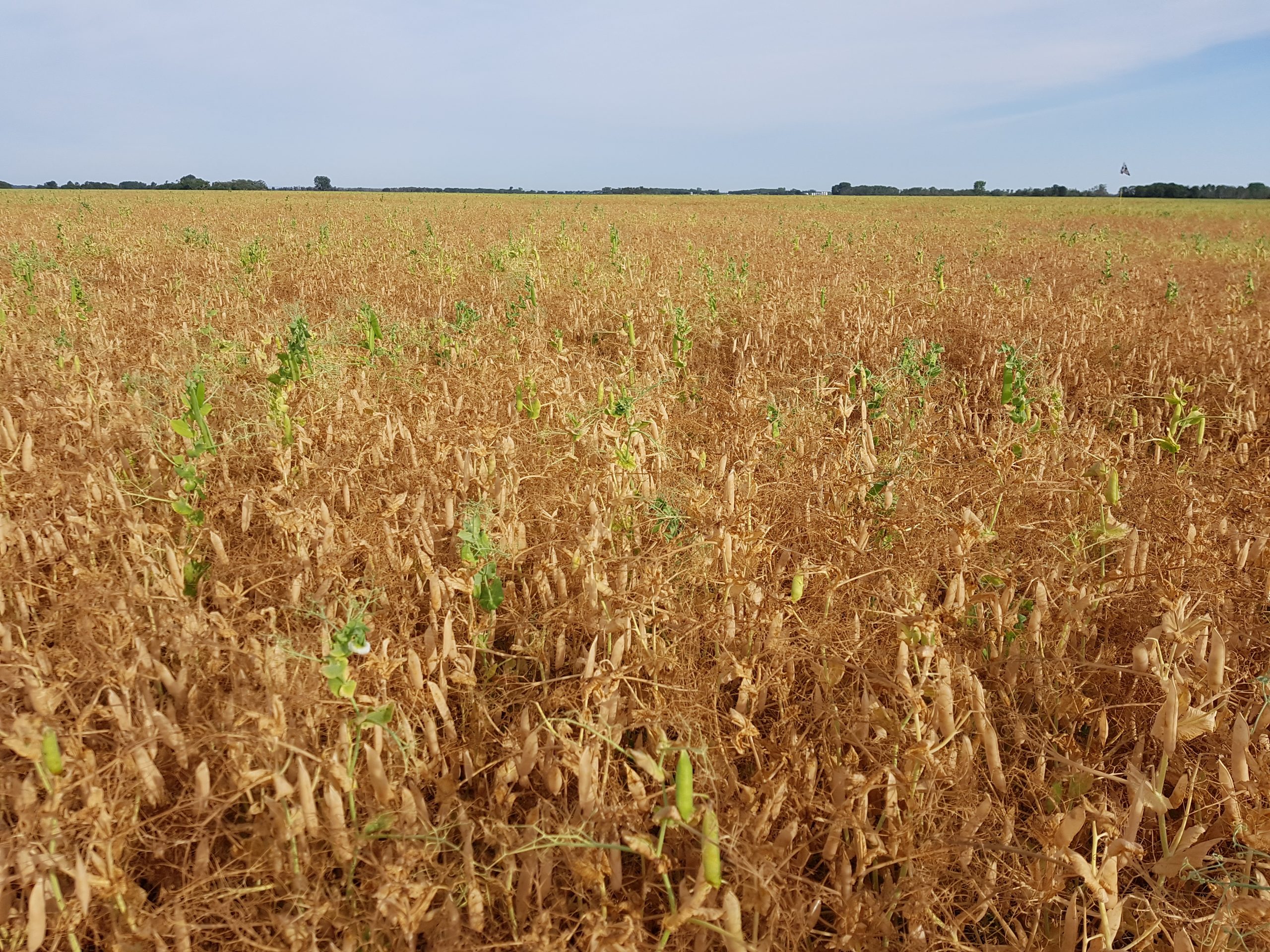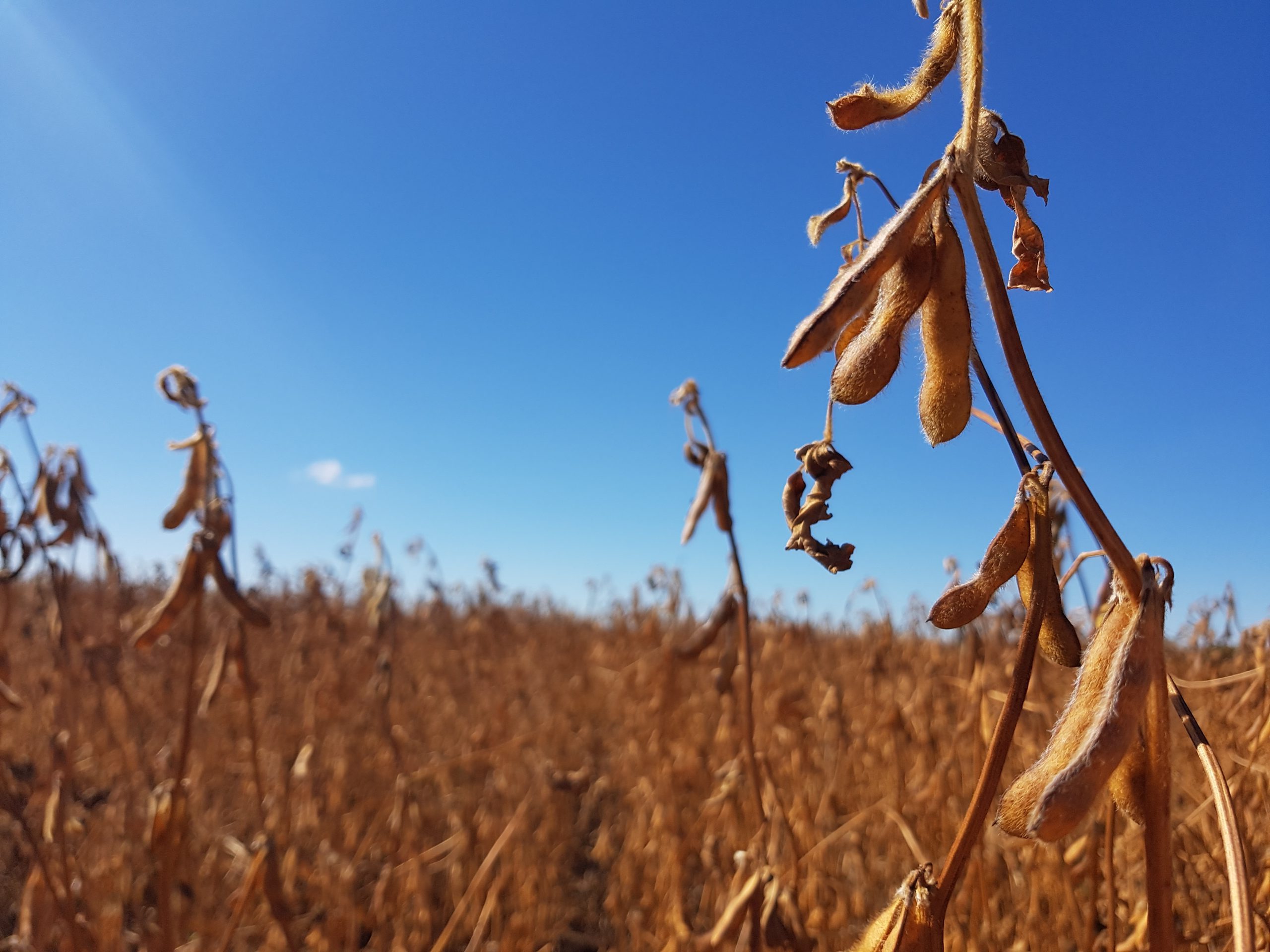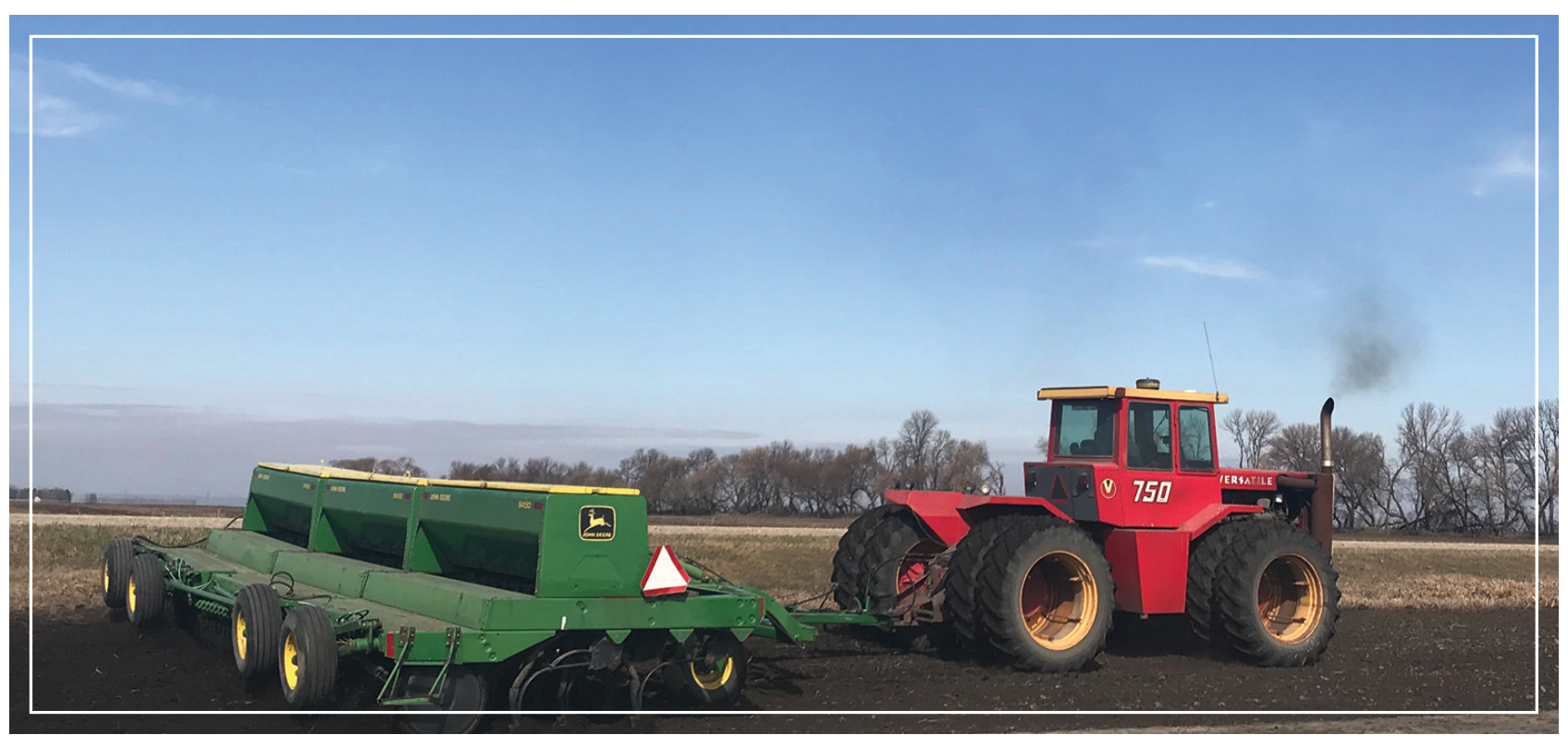Category: Pulse Beat Articles
-
Overcoming Low Protein Discounts on Manitoba Soybeans
Da Shi and Dr. James House, Department of Food and Human Nutritional Sciences, Faculty of Agricultural and Food Sciences, University of Manitoba – Fall/Winter (December) Pulse Beat 2020 Soybeans contain significant amounts of protein (40–50%), lipids (20–30%) and carbohydrates (26–30%), … Continue reading →
-
Research from Concept to Profitability: Manitoba’s Diversification Centres
Toban Dyck, Director of Communications, MPSG – Fall/Winter (December) Pulse Beat 2020 Research has a value that is difficult to express to a broad audience. “Let’s go back 15 years,” said Scott Chalmers, Diversification Specialist at the Westman Agricultural Diversification Organization … Continue reading →
-

Successful Desiccation Decisions in Peas and Beans
Crop desiccation has become an increasingly hot topic. In part due to consumer demand for pesticide-free products, variable maximum residue limits (MRLs) across export markets and the negative spotlight on glyphosate. It doesn’t mean desiccation is off-limits. But we need to understand the limitations of late-season herbicide. Especially when it comes to crops destined for…
-
Foliar Diseases in Soybeans, Peas and Dry Beans (2019)
Results from the 2019 late-season disease survey and On-Farm Network foliar fungicide trials Laura Schmidt, Production Specialist – West and Megan Bourns, Agronomist – On-Farm Network, MPSG – Summer (June) Pulse Beat 2020 Each year a representative sample of soybean, pea and dry bean … Continue reading →



You must be logged in to post a comment.